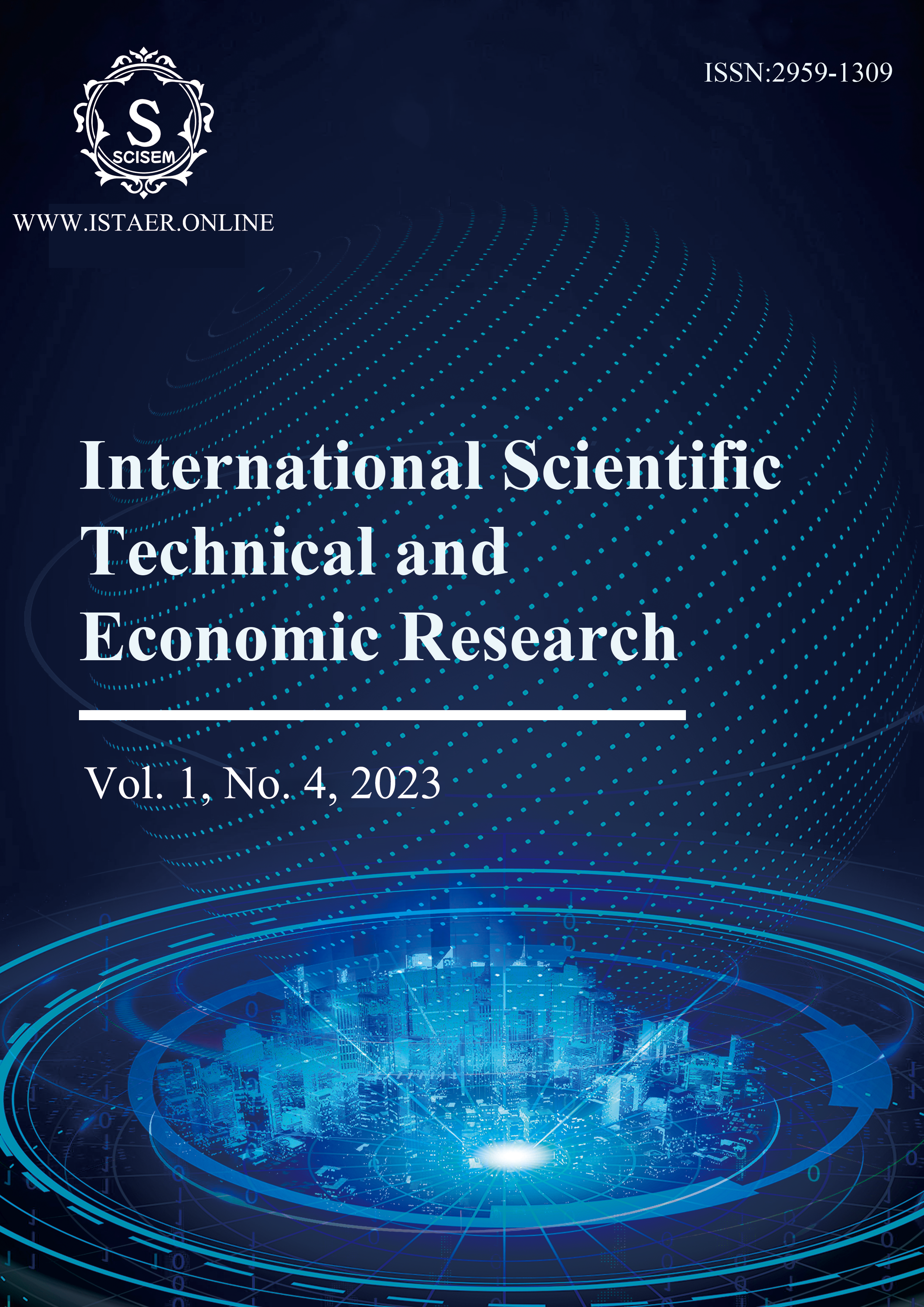Characterization and identification of anomalies in geodetic data
Keywords:
Linear Interpolation; Random Generation; Fourier Transform; SVM Vector Product; Voting MachineAbstract
The shape of the Earth is constantly changing, undergoing certain deformations due to factors such as tidal gravity. To accurately analyze the deformation characteristics of solid tides and earthquake precursors, researchers need to set up observation points in areas vulnerable to natural disasters and human disturbances, such as caves and underground Wells. However, severe weather conditions and human activities can interfere with the deformation signal, causing it to deviate from typical features of solid tidal curves. The existence of local deformation signals also brings challenges to the study and monitoring of deformation characteristics before earthquakes. Therefore, in order to eliminate the interference of external factors, researchers need to take corresponding measures to ensure the reliability and accuracy of observation data.
For problem 1, the method of extending the data we use is linear interpolation and random generation of the data. Linear interpolation uses the linear trend between known data points to estimate the value of new data points, while randomly generated data expands the data by generating new data points with similar distribution and statistical properties. I then use the Fourier transform to analyze the frequency domain properties of the data to evaluate the quality and relevance of the data.
For problem 2, we first observe the relationship between the spectral graph and the line graph to determine the time period in which the noise occurs. Then statistical methods are used to calculate the index, root mean square error (RMSE) and signal-to-noise ratio (SNR) of the sharp fluctuation in the spectrum diagram, and score the linear weight. By scoring, we can see the intensity and interference degree of noise in the data.
For problem 3, we first preprocessed the data, and then calculated commonly used signal eigenvalues. Finally, we used machine learning algorithms such as SUVs and voting machines for classification prediction, and used the preprocessed eigenvalues as inputs for training and classification prediction of the model to achieve a high accuracy of 96.4%.
Through these methods, researchers can more accurately provide effective support for earthquake prediction and disaster prevention and control. At the same time, the continuous improvement and innovation of research methods have also brought new possibilities and opportunities for the development and progress of the earth science field.
References
[1] Yu H Y. (2005). Application Research of Digital seismic Data (Ph. D. Dissertation, Tongji University).
[2] Tan, Y. (2008). Research on random number generation algorithms. Master's thesis, Hunan Normal University.
[3] Zhang Z H, Wang H Y, Liu Z Q, Huang M, Liu F F, Yu M J & Zhao B Q. (2012). Phase unwrapping algorithm based on fast Fourier transform. Progress in Laser and Optoelectronics (12), 62-68.
[4] Fan C L. (2019). Data-driven image perception and quality assessment methods PhD thesis, University of Chinese Academy of Sciences (Shenzhen Institutes of Advanced Technology, Chinese Academy of Sciences).
[5] Li, Z. (2022). Research on Optimization methods of Automatic Machine Learning for Small Sample Numerical Table Data; Doctoral dissertation. Beijing university of science and technology).
[6] Li X Q. (2020). Machine Learning-based Radar Radiation source Sorting and recognition technology research Doctoral dissertation, National university of defense technology).
[7] Pang C, Jiang Y, Liao C W, Wu T & Ding W. (2020). A comparative study on anti-jamming methods of strong vibration monitoring environment based on machine learning. Inland Earthquakes (02), (2), 119-124.
[8] Pang Cong, Jiang Yong, Liao Chengwang, et al. Research on Anti-interference Technology of Strong Vibration Observation Based on AdaBoost Ensemble Learning. Sichuan Earthquake, 2020, (04): 14-18.
[9] Pang C, Jiang Y, Liao C W, Wu T, Ding W & Wang L. (2020). Research on anti-interference technology of strong vibration observation based on AdaBoost ensemble learning. Sichuan Earthquake(04),2007,(2) : 213-220. 14-18.
[10] Xue L D. (2021). Doctoral Dissertation on Blockchain Consensus Algorithm and Its Application, University of science and technology of China).
*******************Cite this Article*******************
APA:
Wang, C., Wu, Z., Liu, Y., & Li, R. (2023). Characterization and identification of anomalies in geodetic data. International Scientific Technical and Economic Research, 1(4), 36–56. http://www.istaer.online/index.php/Home/article/view/No.2319
GB/T 7714-2015:
Wang Chujia, Wu Zhe, Liu Yunhao, Li Ruoshi. Characterization and identification of anomalies in geodetic data[J]. International Scientific Technical and Economic Research, 2023, 1(4): 36–56. http://www.istaer.online/index.php/Home/article/view/No.2319
MLA:
Wang, Chujia, Zhe Wu, Yunhao Liu, and Ruoshi Li. "Characterization and identification of anomalies in geodetic data." International Scientific Technical and Economic Research, 1.4 (2023): 36-56. http://www.istaer.online/index.php/Home/article/view/No.2319
Published
Issue
Section
License
Copyright (c) 2023 International Scientific Technical and Economic Research

This work is licensed under a Creative Commons Attribution-NonCommercial-NoDerivatives 4.0 International License.
This work is licensed under the Creative Commons Attribution International License (CC BY 4.0).




